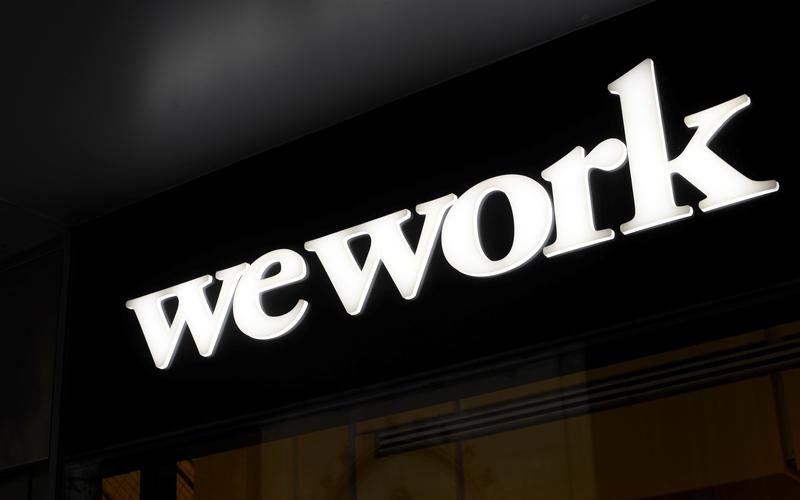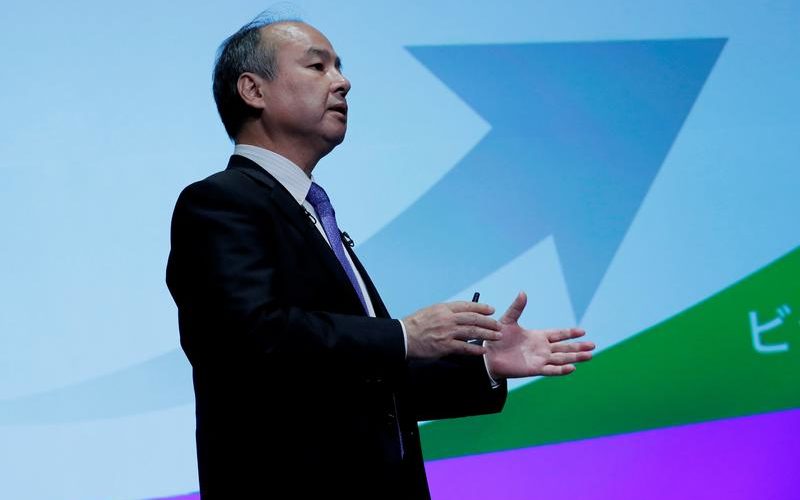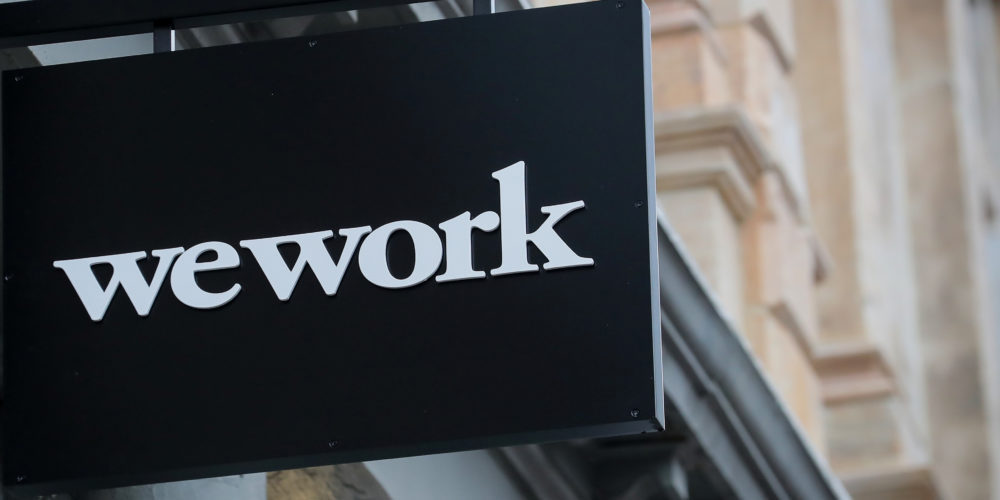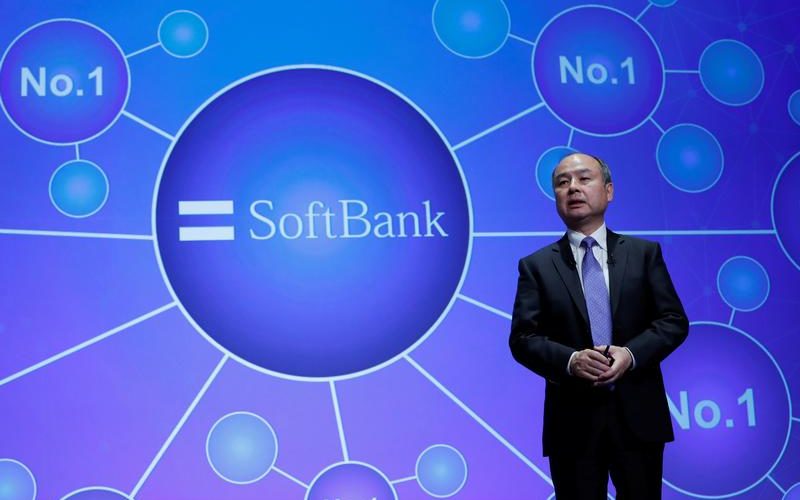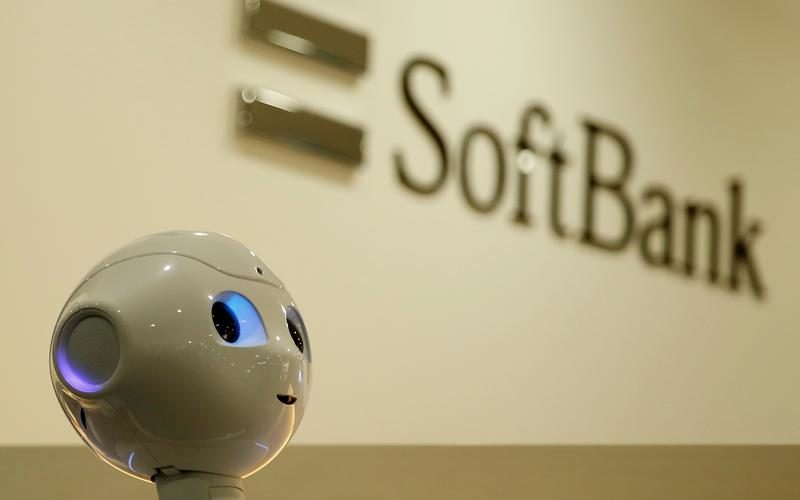BY RICHARD BEALES
Snagging even 1% of a multi-trillion-dollar market is an alluring goal for a startup. It’s also the sort of ambition that makes an attractive case for all kinds of fast-growing but loss-making companies, including those going public, like Uber Technologies, Lyft and WeWork. But investors faced with inflated estimates for just how much custom these newbies can rustle up should don their skeptical hats.
Uber, which fell nearly 9% in early trading on Monday after making a
weak New York Stock Exchange trading debut on Friday, says its ride-hailing
“total addressable market” is $5.7 trillion. That’s essentially the value of
all journeys taken by everyone in 175 countries, whether by private or public
transport. Add TAM estimates for food delivery and Uber’s unit that connects
freight customers and shippers, and the company’s overall estimate of business
it can target rises to $12.3 trillion.
That’s laudable enthusiasm from Chief Executive Dara Khosrowshahi and
his crew. But it’s ludicrous if it’s understood as annual revenue that’s up for
grabs. It’s the equivalent of roughly 50 times Apple’s annual sales. The
silliness becomes clear looking at the Uber Eats food-delivery unit. The
company’s proposed TAM, at $2.8 trillion a year, is mostly made up of estimated
spending by customers in eat-in restaurants, involving no delivery whatsoever.
Lyft is somewhat less exuberant, claiming only that it addresses “a
substantial majority” of a $1.2 trillion consumer transportation market in the
United States, its main focus along with Canada.
Shared-office provider WeWork, meanwhile, has been associated with a far
larger target on the distant horizon: a worldwide stock of real estate worth
over $200 trillion, according to a Wired article citing a Savills study. That’s
an asset valuation, not even a far-fetched revenue figure. Yet it clearly
underlines the tendency towards hype when it comes to quantifying the outer
reaches of a startup’s potential.
It’s serviceable…
Analysts at Morningstar point out Uber can’t actually address most of
its TAM. In a positive report on the company’s stock published just before the
initial public offering last week, they put a more realistic addressable market
at $740 billion by 2023 for the company as a whole. That’s because not everyone
will give up all public transport or private cars, for example.
To be fair, Uber also calculates what it calls a “serviceable
addressable market” or SAM, a measure of the market it currently operates in,
rather than its aspirational universe. For ride-hailing, that excludes journeys
of more than 30 miles and trips on public transport. It limits the countries
counted to 57, and totals a mere $2.5 trillion.
Uber’s growth in this line of business is slowing, despite snagging only
around 2% of that amount in gross bookings last year. Total revenue and
ride-sharing bookings both increased around 20% in the first quarter from a
year earlier, according to the company’s estimates. By contrast, both surged
more than 40% in 2018 from 2017.
One interpretation is that in real life there’s far less headroom for
Uber to grow than even the SAM would suggest. Moreover, Uber’s actual revenue
is only a portion of its total bookings, because drivers take a hefty slice.
…But is it obtainable?
As well as TAM and SAM, there’s a third set of initials available.
“Serviceable obtainable market,” or SOM, also considers real-life annoyances
like the presence of alternative options for consumers and direct competitors.
Analyst Alex Graham, writing on the Toptal website, lays out his version
of the TAM, SAM and SOM for WeWork. For TAM, he counted office workers in
Organisation for Economic Co-operation and Development countries who could
conceivably share space and attached an assumed seat cost to each. In his 2017
analysis, that produced $1.4 trillion as a theoretical annual revenue
opportunity.
That’s huge as a potential market goes. But the contrast with $200
trillion of real-estate asset value – or even the $10 trillion or so of annual
rents that might represent, assuming a 5% global yield, or cap rate as it’s
known – is stark.
Knocking out types of customers WeWork doesn’t target in any way,
Graham’s SAM comes to around $170 billion – a little over a tenth of the TAM
figure. That’s supposed to be the market if everyone who realistically could
use WeWork’s services did so. The company did a similar analysis itself in an
investor presentation published by BuzzFeed in 2015, coming up with what
amounts to a U.S.-only SAM of some $93 billion.
Then Graham makes assumptions about workers actually available to
WeWork, bearing in mind there are big companies who will always run their own
offices, people who will always work in local coffee shops, and direct
office-sharing competitors. His figure for WeWork’s obtainable market, the SOM,
is $35 billion.
WeWork’s revenue last year more than doubled to $1.8 billion. Somewhat
like Uber and Lyft, though, the growth comes at a huge cost: the company lost
$1.9 billion in the same period.
The company led by Adam Neumann is growing fast and providing a service
people want, and it boasts a $47 billion private-market valuation. Graham’s
analysis, even the SOM, suggests there’s lots of room to grow, but only to a
fraction of the biggest numbers on its slide deck. As IPO investors consider
what WeWork is worth to them, they should make sure they don’t exhibit total
addressable credulity.
First published May 13,
2019
